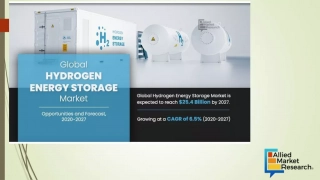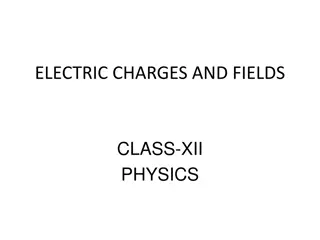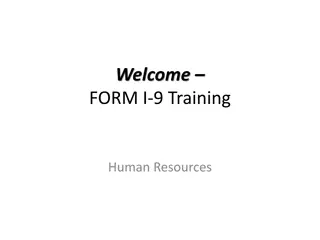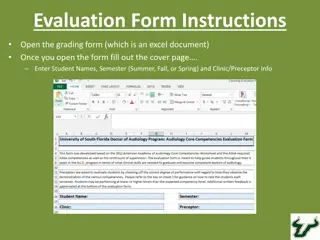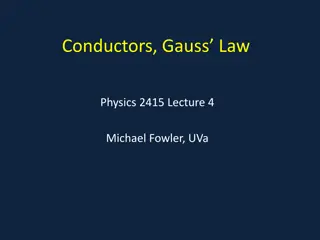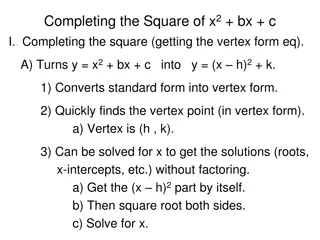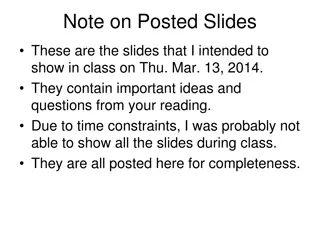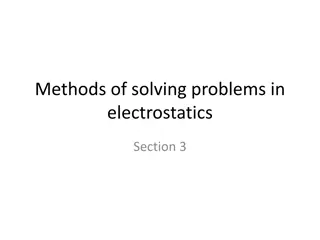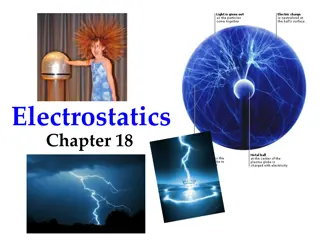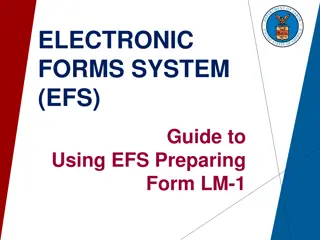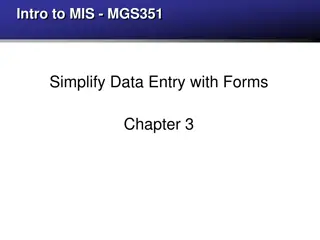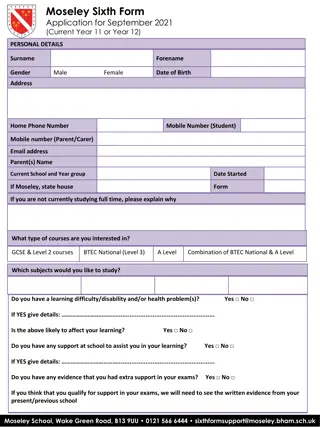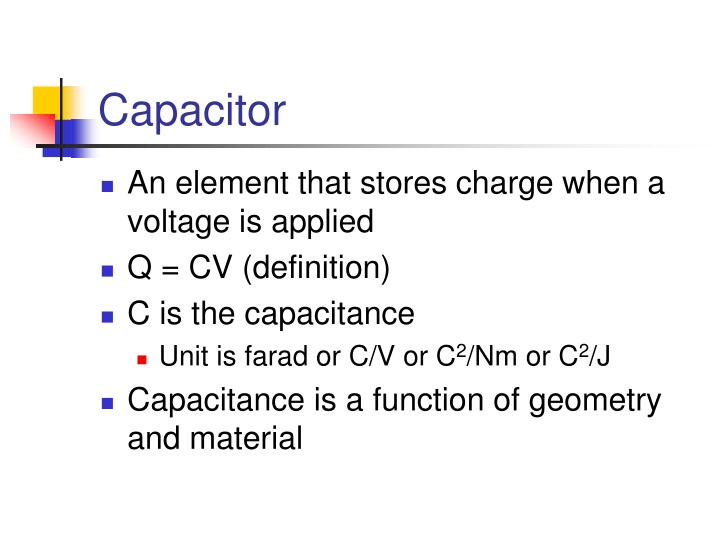
Capacitors: Basics, Applications, and Practice Problems
Explore the fundamental concepts of capacitors, including capacitance, parallel and series configurations, circuit element representation, and practical problem-solving scenarios. Get insights into calculating equivalent capacitance, voltage, and charge in capacitor circuits through clear explanations and illustrative images.
Download Presentation

Please find below an Image/Link to download the presentation.
The content on the website is provided AS IS for your information and personal use only. It may not be sold, licensed, or shared on other websites without obtaining consent from the author. If you encounter any issues during the download, it is possible that the publisher has removed the file from their server.
You are allowed to download the files provided on this website for personal or commercial use, subject to the condition that they are used lawfully. All files are the property of their respective owners.
The content on the website is provided AS IS for your information and personal use only. It may not be sold, licensed, or shared on other websites without obtaining consent from the author.
E N D
Presentation Transcript
Capacitor An element that stores charge when a voltage is applied Q = CV (definition) C is the capacitance Unit is farad or C/V or C2/Nm or C2/J Capacitance is a function of geometry and material
Capacitors A capacitor can be of any two conductors isolated Parallel plates are just a easy way to think of the problem General method to calculate a) Assume a charge on the conductors b) Calculate the voltage difference due to the charge ` c) Ratio Q/V is the capacitance
Capacitor as a circuit element Typical value of a capacitor A few F Adding capacitors in series and parallel Calculating charge and voltage on a capacitor
Parallel Capacitors (a) Two capacitors in parallel, (b) the equivalent circuit. Across C1 and C2 Voltage same Charge splits Ceq = C1 + C2
Series Capacitors (a) Two capacitors in series (b) the equivalent capacitor. Across C1 and C2 Charge same Voltage splits 1 / Ceq = 1 / C1 + 1 / C2
Capacitor practice C1 B A C2 C1 = 4 F, C2 = 2 F What is total capacitance from A to B
Capacitor practice C3 C2 C1 A B C1 = 4 F, C2 = 2 F, C3 = 2 F What is total capacitance from A to B
Capacitor practice C2 C1 A C3 C4 B C1 = 4 F, C2 = 4 F, C3 = 2 F, C4 = 2 F What is total capacitance from A to B
Typical Capacitance Problem: 1 Find the equivalent capacitance What is the voltage across capacitor C2 1. 2. C1 = 4.0 F, C2 = C3 = 1.0 F, VAB = 3.0 V C2 C1 B A C3
Typical Capacitance Problem: 2 Given 9V across the elements what is the charge on C1 C1 = C2 = 1.5 nF, C3 = C4 = 3.0 nF, VAB = 9.0 V C1 C3 C4 B A C3
Energy Storage in Capacitors When we charge a capacitor we have stored energy in the capacitor U = Q2/2C Using C=Q/V can rewrite the above as: U = CV2/2 or QV/2
Capacitance Problem: What if numbers are not so convenient 10.0V across the elements, what is the charge on C1 C1 = 1.0 nF, C2 = 4.0 nF, C3 = 2.0 nF, C4 = 7.0 nF, VAB = 10.0 V C1 C3 C4 B A C2
Energy Storage in Capacitors When we charge a capacitor we have stored energy in the capacitor U = Q2/2C Using C=Q/V can rewrite the above as: U = CV2/2 or QV/2
Energy Example What energy was stored in C1 of previous example ?
Cap energy multiple choice Three identical caps are connected to an ideal battery. Will the system store more energy in the caps are connected in parallel or series? 1) Parallel 2) Series
Capacitors In real capacitors we place a material between the metal plates because: It keeps the metal plates from shorting It increases the capacitance It increase the breakdown voltage
Dielectric in a capacitor The charges induced on the surface of the dielectric reduce the electric field.

